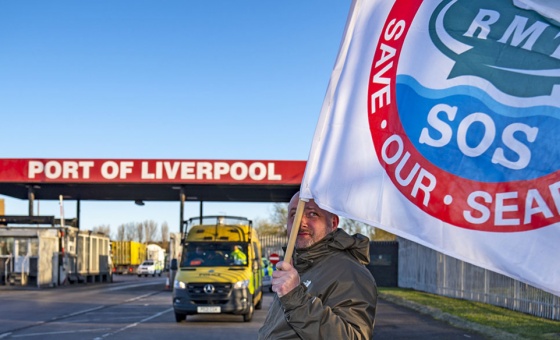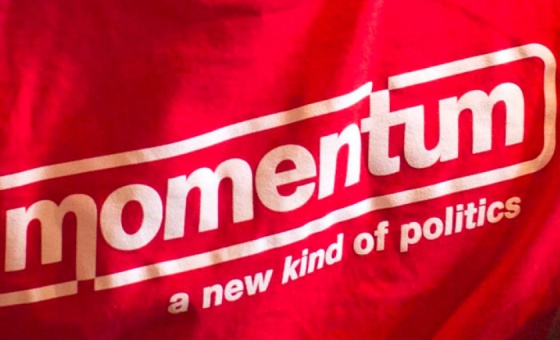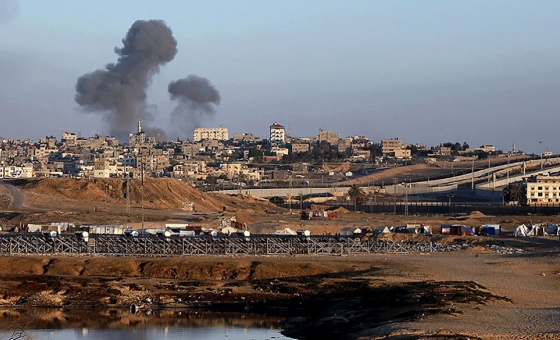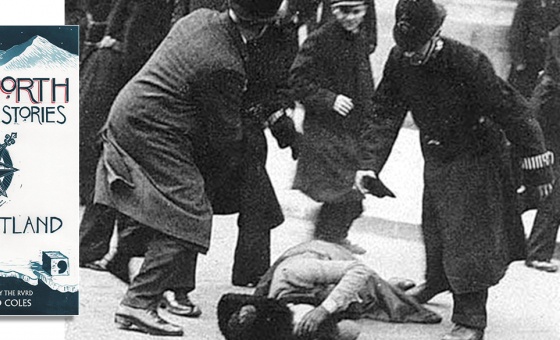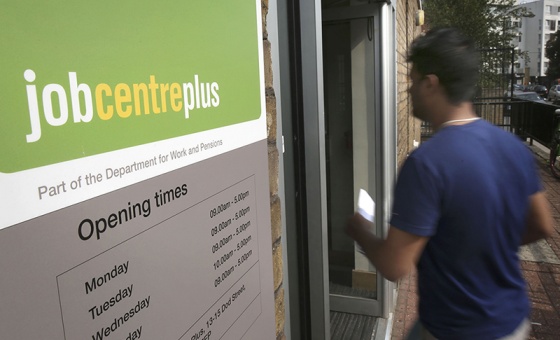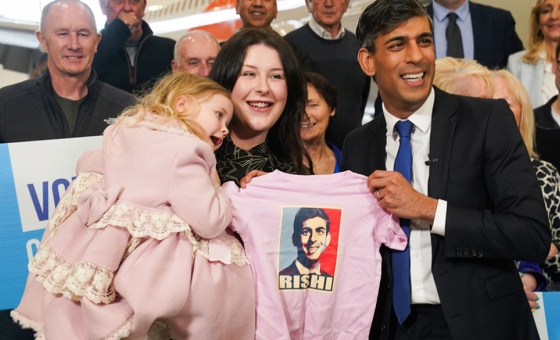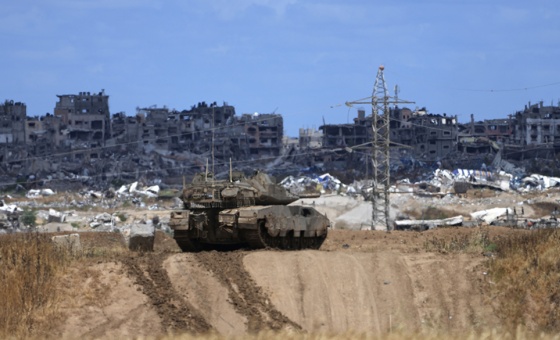This is the last article you can read this month
You can read more article this month
You can read more articles this month
Sorry your limit is up for this month
Reset on:
Please help support the Morning Star by subscribing here
Patriots, Traitors and Empires: The Story of Korea’s Struggle for Freedom
by Stephen Gowans
(Baraka Books, £18.80)
THE LATEST book by Canadian anti-imperialist writer Stephen Gowans provides a readable and insightful overview of modern Korean history, helpfully exploding all the most pervasive myths that cloud popular understanding of the subject.
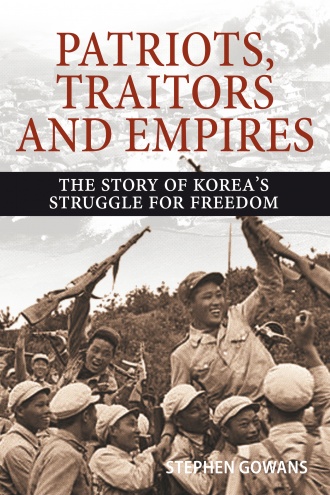
Gowans highlights the fact that the division of Korea after WWII was engineered by the US as a means of impeding the spread of socialism in Asia. Communism was an extremely popular ideology in postwar Korea as a result of the Soviet Union’s decisive role in the victory over fascism, consistent Soviet support for Korean independence, the rising Chinese communist movement and the general intersection of aims between communism and anti-imperialist nationalism.
Realising that an independent united Korea would certainly be aligned with the socialist camp — and that Kim Il Sung, as the best-known leader of the anti-Japanese guerilla movement would very likely to have been elected president — US strategists did everything they could to prevent the democratic choice of the Korean people from being realised.
In the aftermath of Japan’s defeat in 1945, popular councils were set up throughout Korea. In the Soviet-occupied north of the country, the occupying army respected these councils as the expression of the people’s will and the councils gradually organised themselves into a provisional government, instituting land reform, nationalising Japanese-owned businesses and establishing the foundations of a welfare state.
In the US-occupied south, the occupying army set about smashing the popular councils, installing in their place a ruthless militia force stacked with veterans from the Japanese imperial army.
Refusing to co-ordinate with the Soviets to carry out democratic elections throughout the country, the US generals set up a sham election in the south that installed the pro-US Syngman Rhee as president. Naturally, the provisional government in the north didn’t accept this and the south was declared an independent state, the Republic of Korea (ROK). It was this that prompted the establishment of a separate socialist state, the Democratic People’s Republic of Korea (DPRK), in the north.
In the intervening 70 years, the US has stood in the way of any move towards Korean reunification. Gowans points out that, for over half a century, the North Korean leadership has consistently proposed the reunification of Korea on a federal, one-country-two-systems basis, with the obvious caveat that all foreign troops be removed. This idea is popular on both sides of the demilitarised zone, but the US, which has 30,000 troops stationed in South Korea and which maintains its largest overseas base just 40 miles south of Seoul, refuses to play ball.
Westerners tend to think that South Korea is the very model of a successful and wealthy, democratic Asian state, but very few know that South Korea was a military dictatorship until 1993 and an extremely brutal one at that.
One of the first acts of Rhee’s government was to introduce a national security law, the provisions of which included a hefty prison sentence for anyone found praising socialism or the North Korean state. Under the rule of Park Chung Hee, South Korea’s longest-serving president from 1963 to 1979, all criticism of government was banned, as were strikes. Political dissidents were rounded up and tortured.
Furthermore, the ROK was a very poor country and, until the early 1980s, the DPRK was economically far more advanced. South Korea only really started on the path of economic growth when it was awarded massive US aid and preferential market access as recompense for its role supporting the US genocide in Vietnam.
Gowans’s book ends by discussing the more recent past, in particular the controversial DPRK nuclear programme. Gowans points out that the US has worked relentlessly to destabilise North Korea, using a combination of political and economic isolation and military pressure.
Forced to defend itself against the constant threat of regime change and burdened by the cost of maintaining an enormous army with conventional weapons, the DPRK leadership settled on nuclear deterrence as a pragmatic way forward.
Gowans points out the DPRK rationale for developing nuclear weapons is remarkably similar to Britain’s. The Westminster government’s 2006 White Paper, The Future of the United Kingdom’s Nuclear Deterrent, states that nuclear weapons “deter and prevent nuclear blackmail and acts of aggression against our vital interests that cannot be countered by other means.”
Denuclearisation, reunification and peace are the legitimate demands of the Korean people, north and south. The most important step towards fulfilling these demands is for the US to end its threatening stance towards the DPRK, sign a permanent peace treaty, establish normal diplomatic relations and end sanctions.

